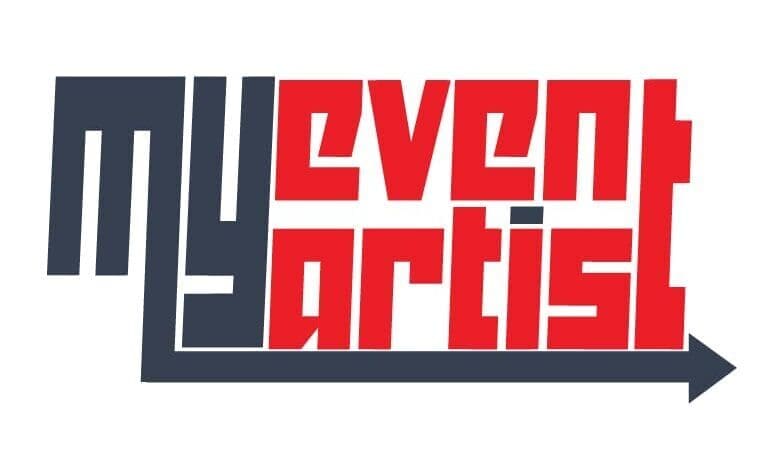Pickleball, a fast-growing sport that blends elements of tennis, badminton, and table tennis, has become a favorite pastime for players of all ages. Easy to learn and highly engaging, pickleball is played both recreationally and competitively, making it a versatile activity that promotes fitness and social interaction. Whether you’re new to the game or a seasoned player, this guide will provide essential insights into the fundamentals of pickleball and the vibrant community surrounding it.
1. The Objective of Pickleball
The primary goal of pickleball is to score points by successfully hitting a perforated plastic ball over a net and into the opponent’s court. Games are typically played to 11, 15, or 21 points, depending on the format, and must be won by at least two points. Players or teams must outscore their opponents through a combination of strategy, skill, and teamwork.
2. The Basics of the Game
Understanding the fundamental aspects of pickleball is crucial for grasping its gameplay:
- Court Dimensions: A standard pickleball court is 20 feet wide and 44 feet long for both doubles and singles play, with a non-volley zone (often referred to as the “kitchen”) extending 7 feet from the net on each side.
- Equipment: Players need a pickleball paddle (usually made from lightweight materials like composite or wood) and a plastic pickleball, which has holes and is similar in size to a tennis ball.
- Serve: The game starts with an underhand serve, which must be hit diagonally over the net and into the opponent’s service court. The serve must clear the kitchen area.
- Scoring: Only the serving team can score points. If the serving team wins a rally, they score a point and continue to serve. If the receiving team wins the rally, they do not score but gain the serve.
3. Basic Rules of Pickleball
Familiarizing yourself with the basic rules of pickleball enhances the playing experience:
- Double Bounce Rule: After the ball is served, each team must let the ball bounce once on their side before volleys can take place. This rule promotes longer rallies and more strategic play.
- Kitchen Rule: Players cannot volley the ball while standing in the non-volley zone (kitchen). This prevents players from “spiking” the ball too close to the net.
- Faults: A rally ends in a fault for various reasons, such as hitting the ball out of bounds, failing to clear the net, or stepping into the kitchen while volleying.
4. Types of Pickleball Play
Pickleball can be played in various formats, catering to different group sizes and preferences:
- Singles: In singles play, two players compete against each other. This format allows for a more intense game where strategy and agility are key.
- Doubles: In doubles play, two players form a team against another team of two. This is the most popular format, promoting teamwork and communication.
- Mixed Doubles: This format involves teams made up of one male and one female player on each side. It adds an exciting dynamic to the game and encourages different strategies.
5. The Skills Needed to Play
Playing pickleball effectively involves developing several key skills:
- Footwork: Good footwork allows players to position themselves effectively for shots. Quick lateral movements are essential for reaching the ball and maintaining balance.
- Serving Techniques: Developing a reliable serve is crucial for gaining control in the game. Players can experiment with different serves, such as top-spin or side-spin, to keep opponents guessing.
- Shot Variety: Effective players utilize a variety of shots, including dinks, drives, lobs, and volleys, to keep their opponents off-balance. Learning when to use each shot is vital for successful play.
- Strategy and Awareness: Understanding where to position yourself on the court and anticipating your opponent’s moves are critical skills in pickleball. Developing these skills comes with experience and practice.
6. The Health Benefits of Pickleball
Participating in pickleball offers numerous physical and mental health benefits:
- Cardiovascular Fitness: Playing pickleball is an excellent way to improve cardiovascular health, as it involves continuous movement and quick sprints.
- Improved Coordination and Agility: The sport requires players to use their hand-eye coordination and footwork, enhancing overall agility and balance.
- Social Interaction: Pickleball promotes social engagement, especially in doubles play. Playing with others encourages teamwork and camaraderie, fostering a sense of community.
- Low Impact: Compared to other racquet sports, pickleball is lower impact, making it accessible to a wider range of ages and fitness levels. This aspect contributes to its growing popularity among older adults.
7. The Pickleball Community
The culture around pickleball is warm and welcoming, characterized by a strong sense of community:
- Local Clubs and Organizations: Many towns and cities have established pickleball clubs and organizations, offering recreational and competitive play opportunities, as well as coaching.
- Tournaments and Events: Pickleball has gained traction with local, regional, and national tournaments, which showcase skilled players and create exciting platforms for competition.
- Adaptive Formats: The pickleball community is increasingly accommodating and inclusive, offering programs for players with disabilities and special needs.
8. Getting Involved in Pickleball
If you’re interested in joining the pickleball community, here are some tips to get started:
- Find Local Courts: Research local courts or recreational centers that offer pickleball play. Many facilities have designated hours for pickleball matches.
- Join Introductory Classes: Many clubs and community centers offer beginner classes or clinics to help new players learn the game, improve their skills, and meet fellow players.
- Participate in Social Play: Join open play sessions to gain experience in a relaxed environment. This setting allows newcomers to practice and learn from experienced players.
9. Equipment and Gear
Investing in the right equipment enhances the pickleball experience:
- Paddles: Choose a paddle that feels comfortable in your hand and suits your style of play. Paddles vary in weight, grip size, and material, so try different options before making a purchase.
- Pickleballs: Standard pickleballs come in specific types for indoor and outdoor play. Indoor balls tend to have larger holes and are softer, while outdoor balls are more durable and have smaller holes.
- Attire: Wear comfortable athletic clothing and proper footwear suitable for court play. Many players wear court shoes designed to provide traction and support.
10. Conclusion
Understanding the essentials of pickleball—from its objectives and rules to the skills required and the community surrounding the sport—can enhance your enjoyment and participation in this dynamic and engaging game. Pickleball is not only a fun and social activity but also a fantastic way to improve physical fitness and enjoy time with friends and family.
At MyEventArtist, we celebrate the energetic and growing culture of pickleball through custom designs and branding solutions that capture the excitement of the sport. Explore our design services at myeventartist.com, and let us help you showcase your passion for pickleball!
Keywords: pickleball basics, understanding pickleball, pickleball rules, pickleball culture, pickleball training
#pickleballbasics #understandingpickleball #pickleballrules #pickleballculture #pickleballtraining



Leave a Reply